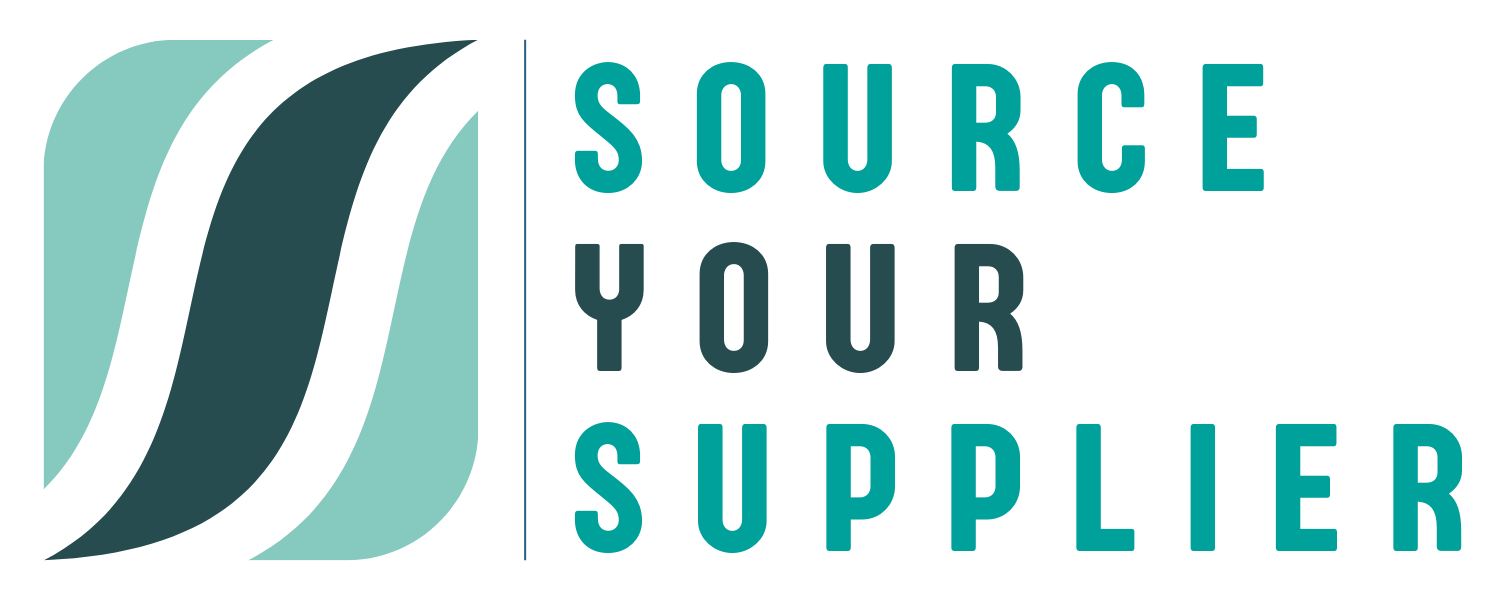Bridging the Gap: Connecting Global Buyers with Local Garment Factories
Introduction
In today’s globalized fashion industry, brands no longer limit themselves to sourcing garments from known conglomerates. They are actively seeking trusted local manufacturers that can offer agility, specialization, and cost advantages. Yet, despite technological advancement, connecting global buyers with local garment factories remains a fragmented process riddled with inefficiencies, miscommunication, and uncertainty.
With rising demand for ethical production, speed-to-market, and diversified supply chains, the ability to bridge this gap is not a luxury — it’s a strategic necessity. In this article, we’ll dive deep into the challenges, opportunities, tools, and real-world solutions that are shaping the future of apparel sourcing via platforms like SourceYourSupplier.com.
Table of Contents
- What Does “Connecting Global Buyers with Local Factories” Really Mean?
- Why Is There a Gap Between Buyers and Factories?
- The Role of Digital Platforms in Solving the Disconnect
- Key Features Buyers Look for in a Local Factory
- Local Factory Challenges in Getting Global Orders
- Case Study: Small Bangladeshi Factory Lands U.S. Buyer
- Visual Sourcing Workflow: How SourceYourSupplier.com Bridges the Gap
- Top Benefits for Both Sides
- How to Use Digital Tools to Get Matched Fast
- Future Trends in Garment Sourcing
- FAQs
What Does “Connecting Global Buyers with Local Factories” Really Mean?
To connect global buyers with local garment factories means enabling transparent, verified, and seamless interactions where international retailers or sourcing agents can discover, evaluate, and collaborate with local manufacturers that meet their production needs.
Featured Snippet Style:
- Buyers = Retailers, wholesalers, or agents seeking production capacity.
- Local factories = SMEs, contract manufacturers, or family-owned units in major textile-producing countries.
- Bridge = Platform or network enabling real-time, traceable, trusted communication.
Why Is There a Gap Between Buyers and Factories?
Despite strong mutual interests, gaps exist due to:
- Lack of visibility: Many small factories don’t show up on Google or LinkedIn.
- Language & communication barriers
- Trust deficit: No easy way to validate factory claims.
- Scouting costs: Physically visiting each factory is time-consuming.
- Compliance risks: Buyers fear reputational harm from unethical sourcing.
Common Mistake: Global buyers relying only on agents or sourcing fairs often miss out on discovering niche, high-performing local suppliers.
The Role of Digital Platforms in Solving the Disconnect
SourceYourSupplier.com exemplifies how technology can close the distance:
- Factory profile validation (certificates, audit status, production lines)
- Buyer-side dashboards to post inquiries and evaluate responses
- Smart filters by product category, MOQ, lead time, compliance level
- Subcontracting modules for overflow orders
Expert Tip: Always check if the platform offers factory production capacity indicators. It saves time during peak seasons.
Key Features Buyers Look for in a Local Factory
Buyers want:
- Product specialization (e.g., denim, performance wear)
- Low MOQ with scalability
- On-time delivery history
- Certifications (BSCI, GOTS, OEKO-TEX)
- Modern machinery & quality inspection systems
Internal Link: Learn more about supplier profile best practices here.
Local Factory Challenges in Getting Global Orders
From a factory’s POV, challenges include:
- Language fluency (negotiating and emailing professionally)
- Digital presence (no websites, no SEO)
- Understanding buyer compliance needs
- Documentation gap (No tech packs, no business decks)
Internal Link: How to present your factory effectively to global buyers here.
Case Study: Small Bangladeshi Factory Lands U.S. Buyer
A 150-machine factory in Narayanganj joined SourceYourSupplier in 2024. Within 3 weeks:
- Their listing received 18 buyer views
- They were contacted by a U.S. brand with 20K pcs/month demand
- After negotiation and virtual video call audit, the factory secured a 2-year deal
External Link: Read how small factories are gaining big contracts (McKinsey)
Visual Sourcing Workflow: How SourceYourSupplier.com Bridges the Gap
🖼️ Suggested Image: Garment Sourcing Flow Diagram
Steps:
- Buyer creates sourcing request →
- Platform sends to matched factories →
- Factories respond →
- Buyer shortlists →
- Virtual audit →
- Sample approval →
- PO Issuance
Top Benefits for Both Sides
For Buyers:
- Access to previously invisible factories
- Faster turnaround, reduced middlemen cost
- Ability to negotiate directly
For Factories:
- Better margins (no agents)
- Long-term clients
- Visibility in export markets
Internal Link: Discover verified suppliers in Bangladesh here.
How to Use Digital Tools to Get Matched Fast
Use:
- AI-based matchmaker tools to find perfect-fit suppliers
- Chat-integrated dashboards to communicate directly
- Auto-compliance scorecards to compare factories side-by-side
External Link: The Rise of Digital Sourcing Channels (Statista)
Future Trends in Garment Sourcing
- Decentralized sourcing hubs across Asia
- Blockchain for traceability
- Remote inspection and digital audit rooms
- 3D product visualization & virtual fitting
- Sourcing by capacity, not geography
Internal Link: How manufacturers are sharing capacity to avoid downtime here.
Conclusion
Connecting global buyers with local garment factories is not just about placing orders — it’s about building scalable, transparent partnerships. Platforms like SourceYourSupplier.com are democratizing access, ensuring every qualified factory has a chance to serve global demand.
If you’re a buyer or a supplier, now is the time to plug into this powerful ecosystem.
Start sourcing smarter — Join SourceYourSupplier.com today!
FAQs
Q1: How do I verify if a local garment factory is genuine?
A: Use platforms that offer certification verification, past order history, and video factory tours.
Q2: What minimum order quantity (MOQ) do most small factories accept?
A: Many accept MOQs as low as 500 pcs per style, especially if the factory specializes in small-batch production.
Q3: How can I communicate with factories if they don’t speak fluent English?
A: Many platforms offer translation support, templates, or even buyer-assist managers.
Q4: What countries offer the most sourcing-ready small factories?
A: Bangladesh, Vietnam, Turkey, and India lead in compliant small-to-mid garment units.
Q5: Can I find subcontracting partners through this platform?
A: Yes, SourceYourSupplier.com has a dedicated subcontracting module with availability tracking.

